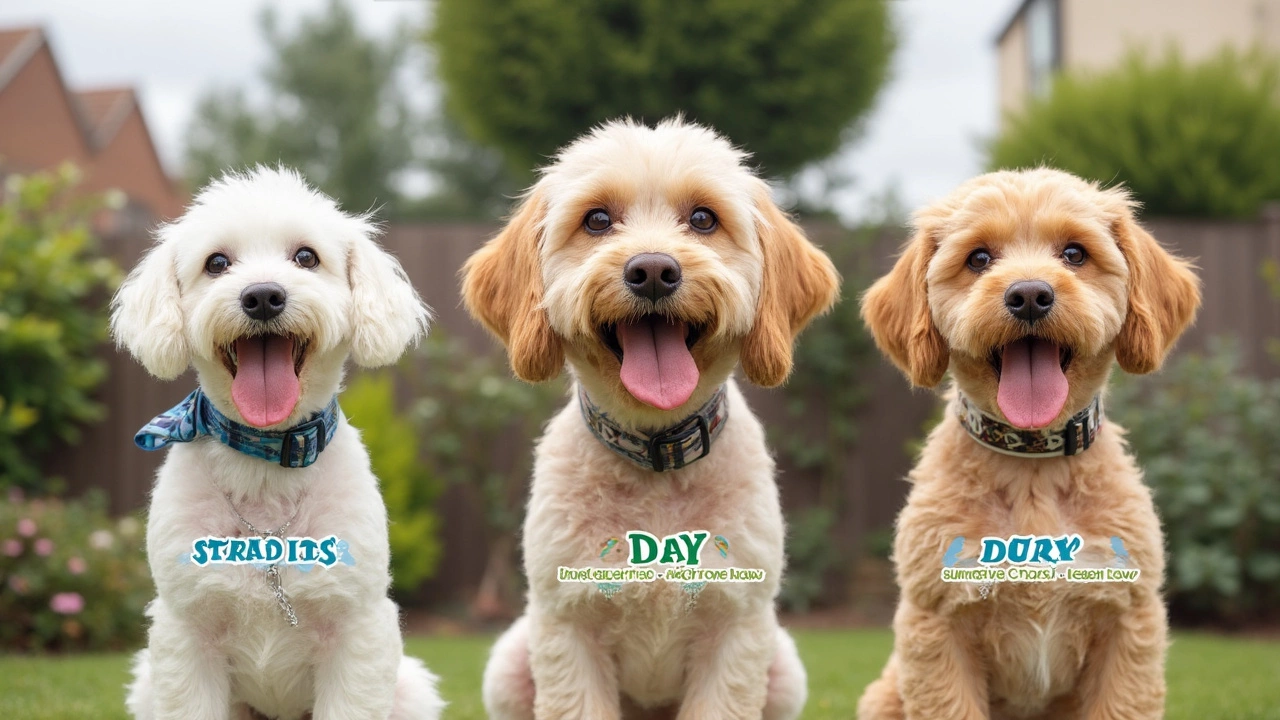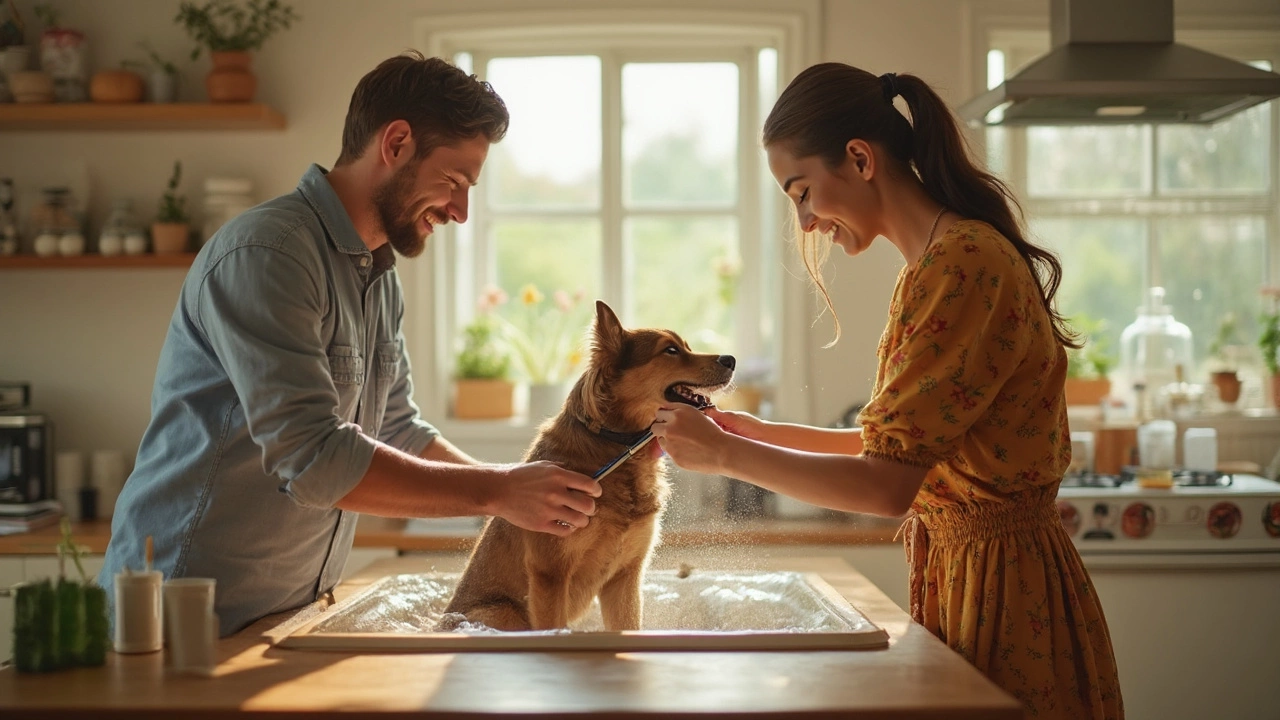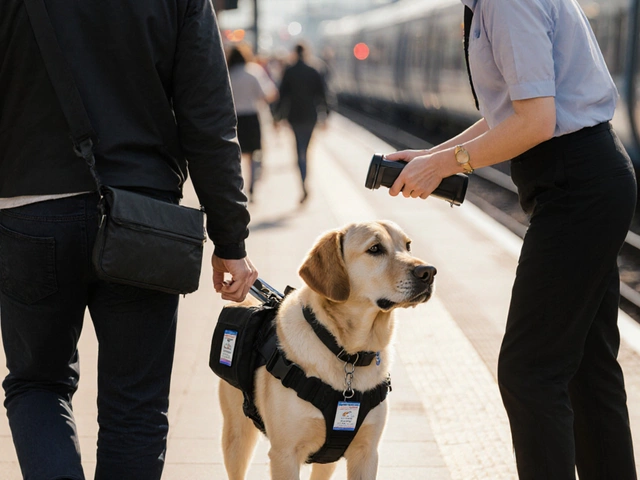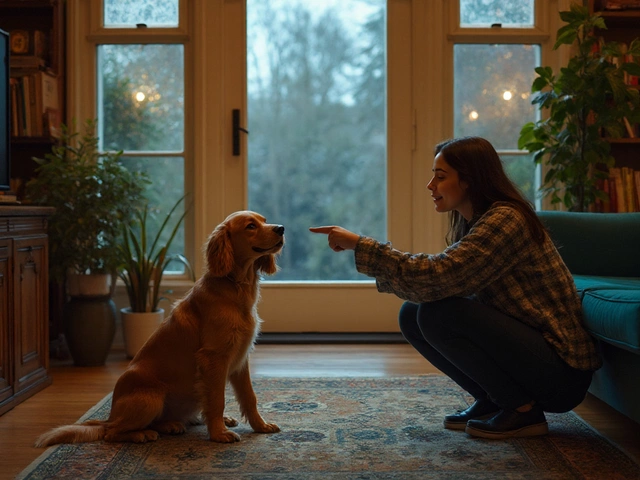Dog grooming bills can sneak up on you, especially if your pup needs regular trims or has a coat that tangles like a box of earbuds. But here’s the good news: saving money on grooming isn’t just about cutting your own dog’s hair with kitchen scissors. There are smarter, safer moves that can help you stretch your budget and still keep your buddy looking and smelling great.
Ever noticed how grooming prices jump if your dog’s coat is a mess or if they’ve got mats? Regular brushing at home is one of the easiest ways to slash your overall costs. Even if you aren’t a pro, just five minutes with a slicker brush or a basic comb every other day can make a world of difference. You’ll prevent mats, reduce shedding, and make any future professional grooming way quicker—and cheaper.
- Figuring Out What You Can DIY
- Choosing the Right Tools for Home Grooming
- When It Pays to See a Professional
- Tips for Avoiding Hidden Grooming Costs
Figuring Out What You Can DIY
The first step in saving on dog grooming is figuring out what jobs you can handle yourself and what’s better left to a pro. Honestly, a lot of grooming tasks aren’t as scary as they sound. Bathing your dog at home is one of the safest bets for saving money. Most dogs only need a bath every month or so—unless they roll in something gross. Use dog shampoo (not your own), and make sure to rinse well.
Brushing is another thing you can easily do at home. How often? That depends on the breed and coat type, but even short-haired dogs benefit from a weekly brush. The right brush or comb matters. For example, a slicker brush works great on curly or double coats, while a bristle brush is gentle enough for those with thin hair. Regular brushing reduces shedding and helps you spot any weird bumps, fleas, or skin issues before they become a big deal.
Nail trimming is where a lot of people get nervous. Dogs’ nails need a trim every 3–6 weeks. You can do this at home with nail clippers made for dogs. If your dog has clear or light nails, watch for the pink part (the quick) and clip a bit at a time to avoid cutting it. Black nails are trickier—trim just the tips. If you’re anxious, try filing the nails down a little at a time instead.
If you have a short-haired dog, basic ear cleaning is also a good DIY task. Use a vet-approved ear cleaner and a cotton ball (never a Q-tip, which can hurt their ears). Lift the ear flap, wipe what you see, and avoid sticking anything in deep.
- Bathing: Once a month, with dog shampoo
- Brushing: Weekly or every other day, depending on coat type
- Nail trimming: Every 3–6 weeks
- Ear cleaning: Once a month, only the outer part
Here’s a quick table with average prices for these basic home grooming jobs versus at a groomer, just to put things in perspective:
| Grooming Task | DIY Cost | Groomer Cost |
|---|---|---|
| Bathing | $2–4 (per bath) | $30–45 (per visit) |
| Brushing | $10–20 (brush, lasts months) | $15–25 (add-on) |
| Nail Trimming | $10 (clippers, lasts years) | $10–15 (per trim) |
| Ear Cleaning | $5–10 (cleaner, lasts months) | $10–20 (per visit) |
You don’t need fancy gadgets, and you definitely don’t need a grooming license for these basics. Just some patience and the right tools can shave a lot off your annual dog care costs—sometimes hundreds of dollars for the average American dog owner.
Choosing the Right Tools for Home Grooming
If you’ve ever walked through a pet store, you know the aisles are packed with grooming gadgets, and prices are all over the place. Here’s the real kicker: you don’t need the most expensive or fanciest stuff to get the job done. But having the basics for dog grooming at home is crucial if you want to save money and avoid stress later on.
First up, brushes matter—a lot. If your dog has a short coat (like a Beagle or Boxer), a simple bristle brush will do the trick to clear loose hair. Got a dog with longer or curly fur (think Poodles or Golden Retrievers)? You’ll need a slicker brush and maybe a metal comb to get through knots. Using the right brush makes the job way easier and helps you spot problems like fleas or skin issues before they get out of hand.
Don’t forget nail clippers. Overgrown nails hurt dogs and can cost you extra when you finally head to the groomer. There’s the classic guillotine style, scissor types, or even nail grinders. If you’re just starting out, go slow—keeping your dog calm is more important than getting every nail perfect at first.
Shampoo is another must-have. Human shampoo won’t cut it; it can mess with a dog’s skin. Pick up a gentle, dog-friendly formula, especially if your pup has allergies or sensitive skin. And skip those bottles with mystery ingredients—look for something simple and vet-approved.
Here’s a quick breakdown of useful dog grooming tools and their average prices, just to help you budget smart:
| Tool | Typical Price (USD) | Best For |
|---|---|---|
| Slicker Brush | $10–$20 | Long or curly coats, mat prevention |
| Bristle Brush | $7–$15 | Short-haired dogs, basic grooming |
| Dog Nail Clippers | $12–$25 | All coat types |
| Nail Grinder | $25–$45 | Dogs scared of clippers |
| Dog Shampoo (16 oz.) | $8–$18 | Bathing, odor control |
You don’t need to grab everything at once; start with the essentials for your dog’s specific needs. Taking a few minutes to learn what works for your dog’s breed can shave actual dollars off your future grooming bills. And if you’re not sure which tool to pick, online reviews—and asking your vet—can save you from wasting cash on stuff that doesn’t last.

When It Pays to See a Professional
Let’s be real—sometimes, saving cash by grooming at home just isn't worth the risk. There are moments when your dog really does need a dog grooming pro, both for safety and for your own sanity. Even if you’re pretty handy with a comb, here’s when it's smarter to call in an expert rather than DIY.
- Heavy matting or tangles: Mats close to the skin can hide sores or even cut off blood flow. Clipping out thick mats without the right tools can easily nick your dog. Groomers know how to do this safely and spot problems before they get bad.
- Breed-specific cuts: Ever tried giving a poodle the classic poodle trim? Some breeds, like poodles, bichons, or schnauzers, look (and feel) better with professional cuts. If your dog's coat needs a certain look, leave it to someone trained.
- Big jobs like nail trims or gland expression: Messing up a nail trim can mean bleeding and a scared dog for weeks after. Same with anal glands—some stuff is honestly best left to someone with experience (and the gear).
- Unusual skin, ear, or hair issues: Sometimes what looks like dry skin is actually an infection or allergies. Groomers spot things you might miss and can flag problems for your vet.
- Puppies or senior dogs: The very young (or very old) may be extra squirmy or sensitive. A pro's touch makes the process faster and less stressful.
If your dog hates baths, acts up during grooming, or just doesn’t sit still for you, you’ll save yourself a lot of stress by heading to a professional. Bonus: many pro groomers do a "wellness check" during each visit, catching ear infections, lumps, or fleas before they turn into huge vet bills.
Here’s what you can expect to pay for dog grooming jobs that might be better handled at the salon:
| Service | Average Cost (USD) |
|---|---|
| Basic Bath & Brush | $30 - $50 |
| Haircut/Trim (small dog) | $40 - $75 |
| Nail Trim | $10 - $20 |
| Anal Gland Expression | $10 - $25 |
It can feel like a lot upfront, but skipping the pro when you really need one can cost way more down the line—in vet bills, messes, or even replacing ruined clippers. So keep an eye out for these situations. Sometimes the best way to save on dog care is knowing when (and why) to pay for the expert.
Tips for Avoiding Hidden Grooming Costs
Hidden charges can sneak onto your dog grooming bill if you’re not paying attention. You can plan ahead and keep more of your cash if you know what to look out for and how to dodge surprise extras.
First up, ask for an itemized quote before you book. Most groomers advertise a base price, but the real total often climbs with extra fees for things like matted fur, nail trims, or ear cleaning. Don’t assume those are always included. Make sure you’re clear on what’s covered so you aren’t caught off guard at checkout.
Here are some common places where hidden costs show up—and how to avoid them:
- Matted Fur Upcharges: If your dog’s coat is tangled, most groomers tack on extra charges. Brushing your dog before the appointment can help you avoid this fee.
- No-Show/Cancellation Fees: Life happens, but missing an appointment can cost you. Check policies and set reminders, or reschedule as far ahead as possible.
- Special Handling Fees: Dogs that bark, bite, or squirm sometimes cost more to groom. A bit of training or desensitization at home can sometimes help your dog (and your wallet).
- Extra Services You Didn't Need: Salons sometimes add teeth cleaning, fancy shampoos, or bows and bandanas—and charge you for them. Always ask what’s included upfront, and say no to add-ons you don’t want.
Want some real numbers? A 2024 national survey showed that “extras” can hike up the average dog grooming bill by 25%—sometimes more with large breeds or heavy coats. See how it breaks down:
| Service | Average Extra Fee |
|---|---|
| Matted Coat Removal | $15–$25 |
| Nail Trimming | $10–$15 |
| Teeth Brushing | $10–$12 |
| Special Shampoo | $5–$10 |
Last tip—stay loyal. Some groomers offer punch cards or discounts for regulars, so it’s worth asking. But don’t lock yourself into a subscription unless you’re sure you’ll use every visit, or you might end up paying for slots you never needed.
Knowledge is half the battle when it comes to saving money on your dog’s grooming needs. The more you know going in, the less you’ll pay on your way out.







